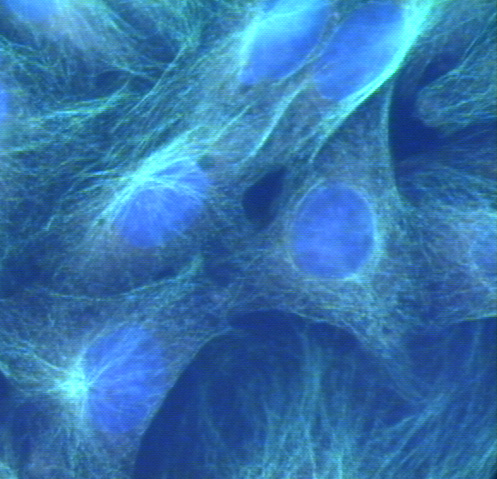Research
The main groupings in the Department encompass G-Protein Coupled Receptors, Cell Signalling, Neuroscience, and Ion Channels/Membrane Transport. There is considerable overlap and frequent collaboration between these areas both in terms of intellectual and technical/methodological e.g. the use of cell signalling expertise to address pathways involved in modulation of ion channels. The approaches extend from 'the molecule to the system' and include studies on the properties and signalling of native and recombinant receptors and ion channels, second messenger assays, yeast two hybrid analysis, transgenic mice, calcium imaging, confocal microscopy, capacitance measurements of neurotransmitter release, and patch clamp recordings from nerve terminals in brain slices. The scientific environment in the Department provides a continuum of both ideas and approaches (combining traditional and molecular techniques) across a range of topics to give an excellent opportunity for postgraduate study in molecular physiology and pharmacology. The receptor and cell signalling group utilises wide-ranging approaches to understand the family of G-Protein Coupled Receptors (GPCRS) as well as work on tyrosine kinases. The use of recombinant techniques is routine and most projects use human receptors expressed in a variety of cell lines. Over the years the group has developed a number of sophisticated techniques to study cell signalling and there is increasing use of transgenic technology on some of the projects. The ion channel and electrophysiology group has a similar strategy of extending molecular and cellular approaches using sophisticated analysis, patch-clamp, etc. to investigations of intact tissues, often with emphasis on cardiovascular and neuronal physiology and pharmacology. Two other laboratories have active programmes investigating aspects of the pharmacology and cell biology of arthritic pain, and there are also active projects associated with the structure and function of transport ATPases, particularly Na+/K+ and multidrug-resistance pumps, and in mammalian cell volume regulation.
There are active collaborative links with other departments, particularly Biochemistry in respect to cell signalling and ion channel structure within cardiovascular research, but also increasingly within areas of neurobiology. There is a growing emphasis on neuroscience research within the Faculty following strategic developments by the University including staff posts within the Department of Psychology.
To read more about individual groups, please click HERE

